Introduction to Island Vents
Island vents, also known as island range hoods or island exhaust fans, are essential components of kitchen ventilation systems. They are specifically designed to remove smoke, grease, odors, and other airborne particles produced during cooking from the air in your kitchen. Island vents are typically installed above kitchen islands, where cooktops or ranges are located, to efficiently capture and expel cooking byproducts.
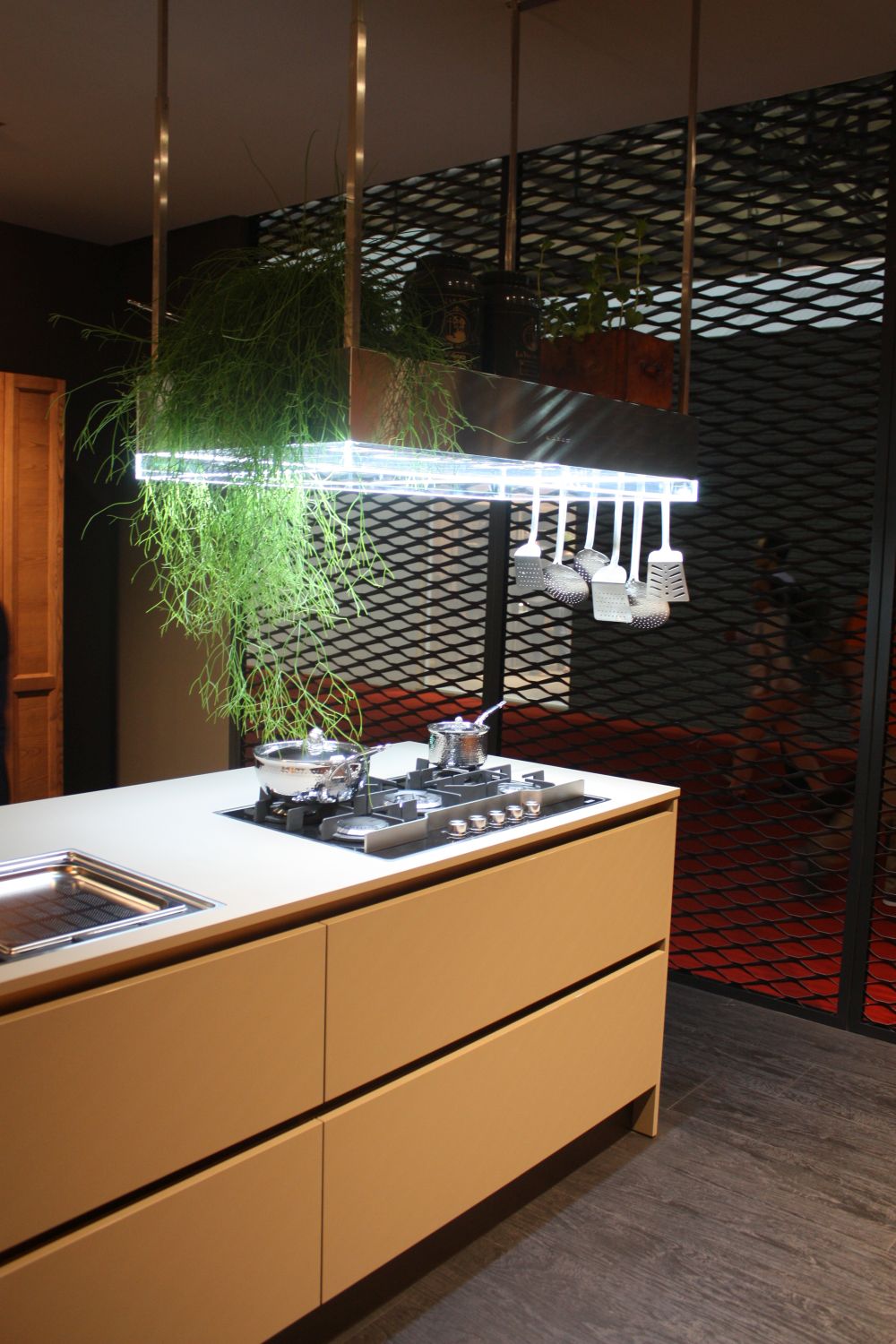
Benefits of Island Vents
Improved Air Quality: One of the primary benefits of island vents is their ability to improve indoor air quality by effectively removing cooking-related pollutants from the air. This helps to create a healthier and more comfortable environment for homeowners and their families.
Enhanced Kitchen Safety: Island vents play a crucial role in enhancing kitchen safety by reducing the risk of indoor air pollution and preventing the buildup of grease and cooking residues on surfaces. This can help minimize the potential for kitchen fires and other safety hazards.
Reduced Odors: Island vents are highly effective at removing cooking odors from the air, preventing them from lingering in the kitchen and other areas of the home. This can be particularly beneficial for open-concept kitchen designs, where cooking odors can easily spread to adjacent living spaces.
Enhanced Aesthetic Appeal: In addition to their functional benefits, island vents can also enhance the aesthetic appeal of your kitchen. Many modern island vents feature sleek and stylish designs that complement a variety of kitchen styles and decor themes, adding a touch of elegance to the space.

Types of Island Vents
Ceiling-Mounted Island Vents: Ceiling-mounted island vents are installed directly above the kitchen island and are typically suspended from the ceiling using mounting brackets or a ductwork system. These vents are ideal for kitchens with high ceilings and can provide excellent ventilation coverage for large cooking areas.
Downdraft Island Vents: Downdraft island vents are installed flush with the kitchen countertop and rise up from the surface when in use, creating a streamlined and unobtrusive appearance. These vents are ideal for kitchens with limited ceiling space or where a traditional ceiling-mounted vent is not feasible.
Chimney-Style Island Vents: Chimney-style island vents feature a vertical chimney or ductwork that extends from the vent hood to the ceiling, creating a dramatic focal point in the kitchen. These vents are ideal for kitchens with high ceilings and can add a touch of architectural interest to the space.
Recirculating Island Vents: Recirculating island vents do not require ductwork to expel air to the exterior of the home. Instead, they use filters to capture cooking byproducts and recirculate clean air back into the kitchen. These vents are ideal for kitchens where installing ductwork is not possible or practical.
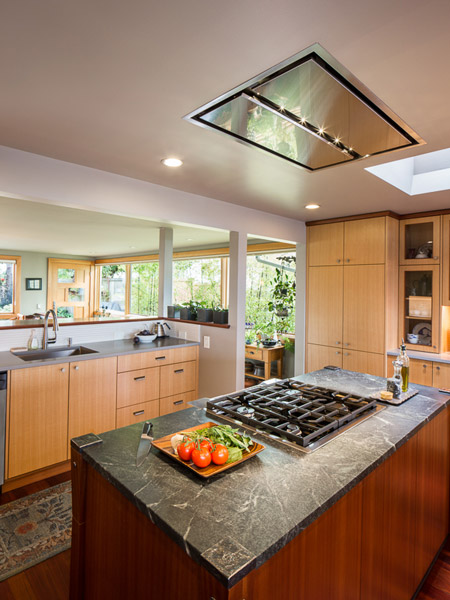
Installation and Maintenance Tips
Professional Installation: It’s recommended to hire a professional contractor or licensed HVAC technician to install your island vent to ensure proper installation and optimal performance. A professional installer can assess your kitchen layout, recommend the best placement for the vent, and ensure that it is properly connected to the existing ductwork or electrical system.
Regular Maintenance: To maintain optimal performance, it’s essential to clean and maintain your island vent regularly. This includes cleaning or replacing the vent filters as needed, wiping down the exterior surfaces with a damp cloth, and inspecting the ductwork for any signs of damage or blockages.
Proper Ventilation: Ensure that your island vent is properly sized and positioned to provide adequate ventilation coverage for your cooking area. This may require consulting with a professional installer to determine the appropriate size and placement for your specific kitchen layout and cooking needs.
Safety Precautions: When using your island vent, be sure to follow all safety precautions and manufacturer’s instructions to prevent accidents or injuries. This includes avoiding placing flammable objects or materials near the vent hood, keeping the area around the vent clear of obstructions, and using caution when cleaning or servicing the vent.
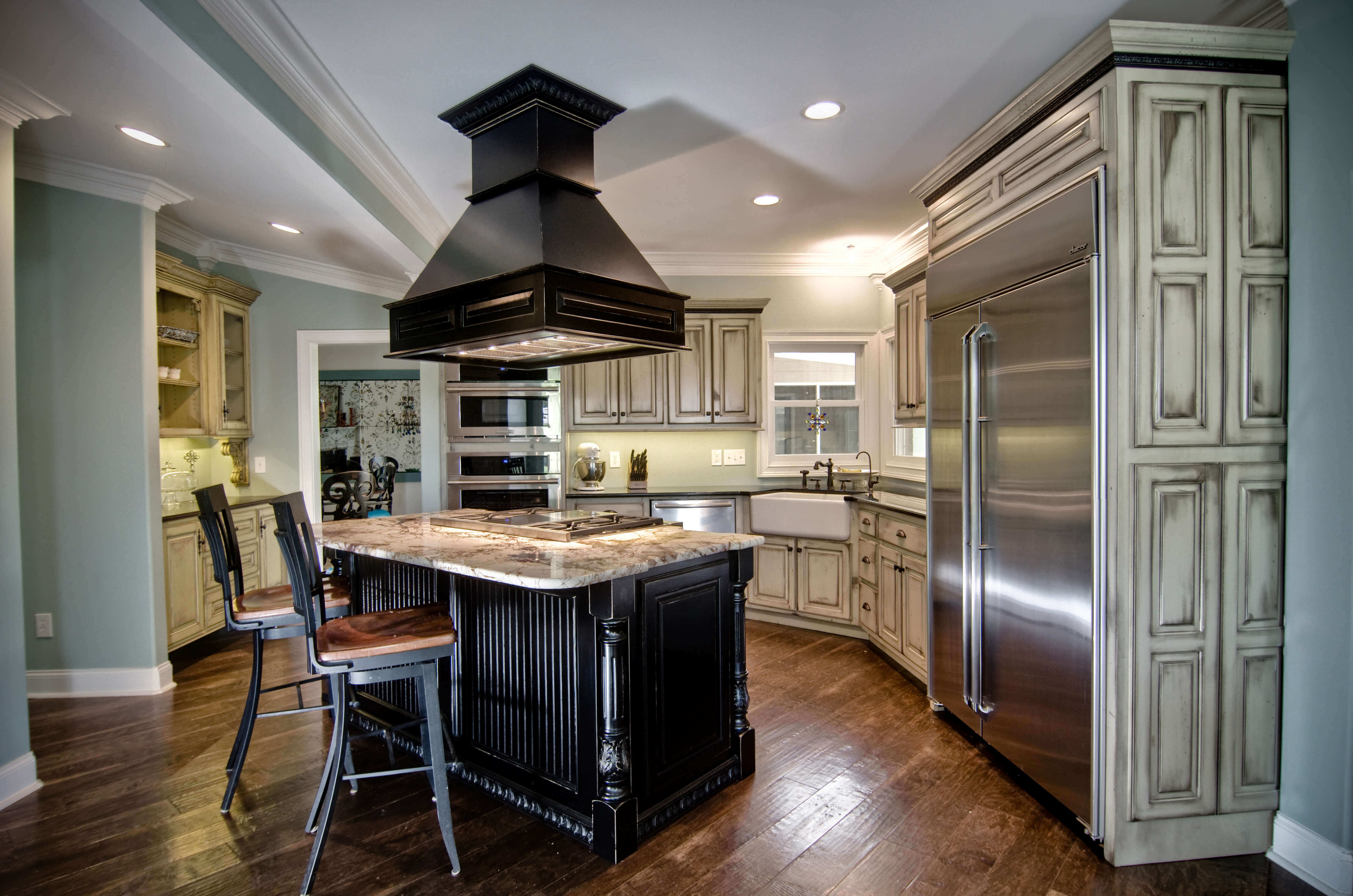
Common Mistakes to Avoid
Incorrect Sizing: One common mistake homeowners make is choosing an island vent that is either too small or too large for their kitchen space. An undersized vent may not effectively remove cooking byproducts, while an oversized vent can lead to excessive noise and energy consumption.
Improper Installation: Another common mistake is improper installation, which can result in poor ventilation performance and potential safety hazards. It’s essential to hire a qualified professional to install your island vent and ensure that it is properly connected to the existing ductwork or electrical system.
Neglecting Maintenance: Neglecting regular maintenance can also lead to reduced performance and efficiency of your island vent over time. Be sure to clean and maintain your vent regularly, including cleaning or replacing filters, wiping down exterior surfaces, and inspecting ductwork for damage or blockages.
Ignoring Safety Precautions: Ignoring safety precautions when using your island vent can pose a risk of accidents or injuries. Be sure to follow all safety guidelines provided by the manufacturer and exercise caution when cleaning or servicing the vent.
Choosing the Wrong Type: Last, choosing the wrong type of island vent for your kitchen layout and cooking needs can result in subpar performance and dissatisfaction with the product. Take the time to research and select the best type of island vent for your specific requirements, whether it’s ceiling-mounted, downdraft, chimney-style, or recirculating.
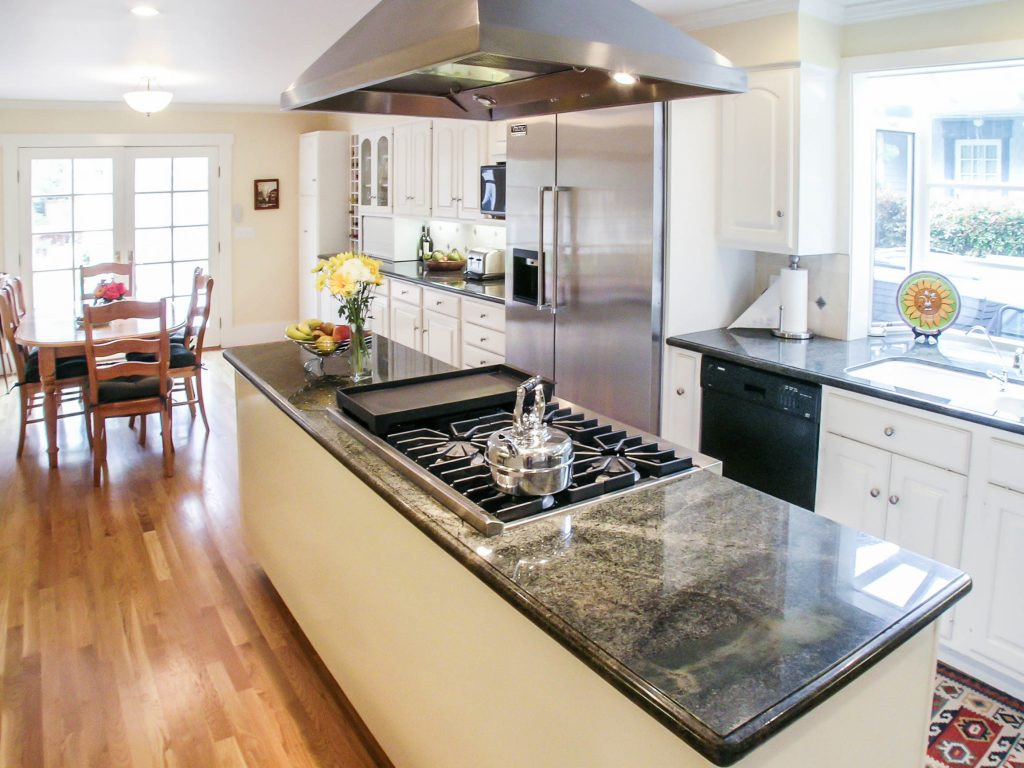
Can I install an island vent myself, or should I hire a professional?
While some homeowners may feel comfortable installing an island vent themselves, it’s generally recommended to hire a professional contractor or licensed HVAC technician to ensure proper installation and optimal performance.
How often should I clean and maintain my island vent?
It’s recommended to clean and maintain your island vent regularly, including cleaning or replacing filters, wiping down exterior surfaces, and inspecting ductwork for damage or blockages. The frequency of maintenance may vary depending on usage and environmental factors.
What type of island vent is best for my kitchen?
The best type of island vent for your kitchen will depend on factors like your kitchen layout, ceiling height, and cooking needs. Consider consulting with a professional installer to determine the most suitable type of island vent for your specific requirements.
Can I use a recirculating island vent if I don’t have access to exterior ductwork?
Yes, recirculating island vents are an excellent option for kitchens where installing exterior ductwork is not possible or practical. These vents use filters to capture cooking byproducts and recirculate clean air back into the kitchen.
How do I know if my island vent is properly sized for my kitchen?
Proper sizing of an island vent is crucial for optimal performance and ventilation coverage. Consult with a professional installer to determine the appropriate size and placement for your specific kitchen layout and cooking needs.

DIY Rustic Vent Hood Cover – Rough Around the Edges Rustic house, Kitchen vent hood, Rustic

Pin by Debbie S. on kitchens – extractors Kitchen extractor, Kitchen island hood ideas

Effective Kitchen Island Vent

Kitchen island vent hood
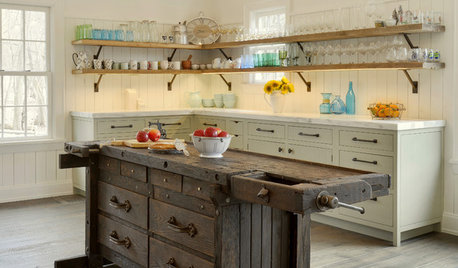
Contemporary Kitchen With Stainless Hood Above Island HGTV
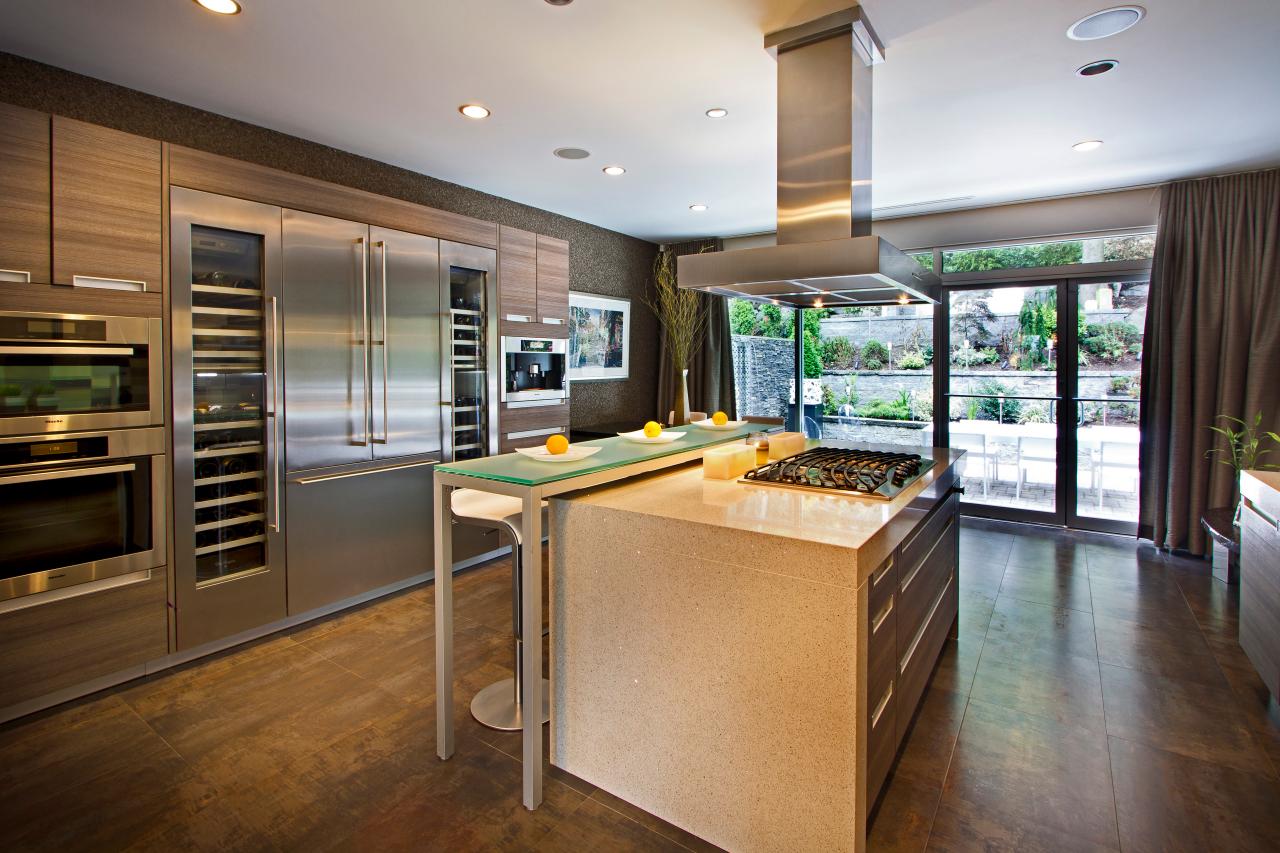
Hood Vents, Range Hoods – Copper, Stainless Steel, Brass and Zinc
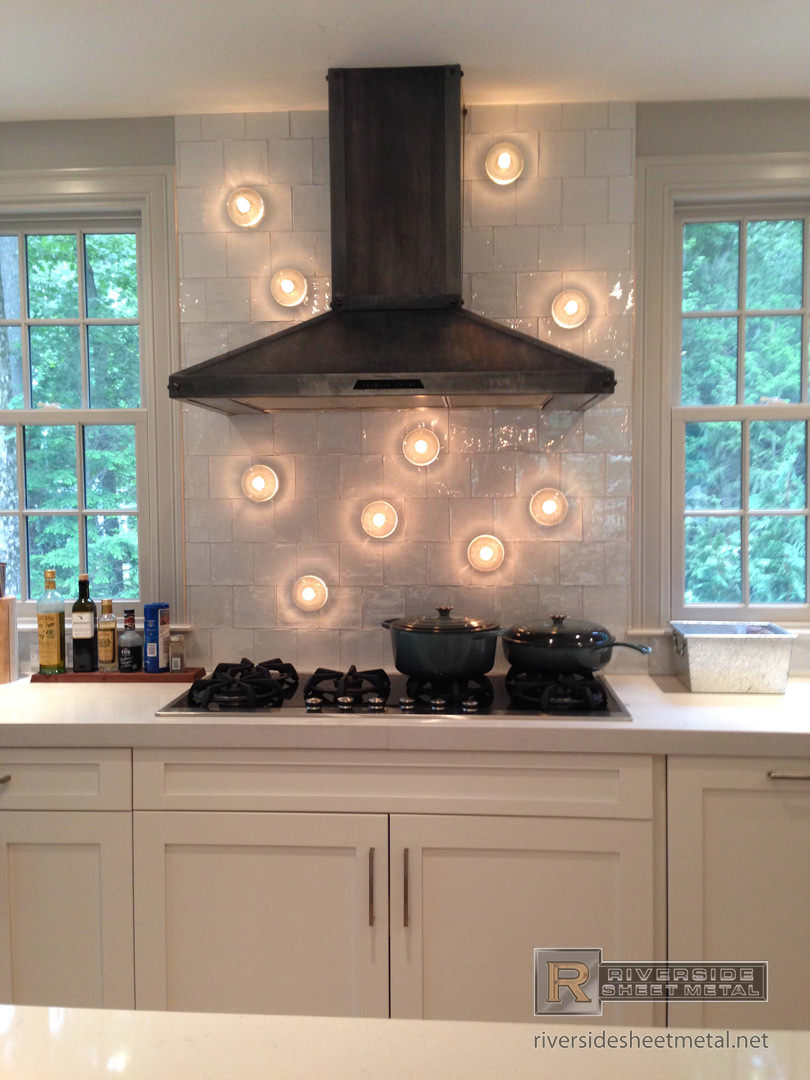
Transitional kitchen- canopy hood; trough sink; niche above range; corner range Portfolio

Stainless Steel Counter Tops – Kitchen, Island, Bar – Boston, MA
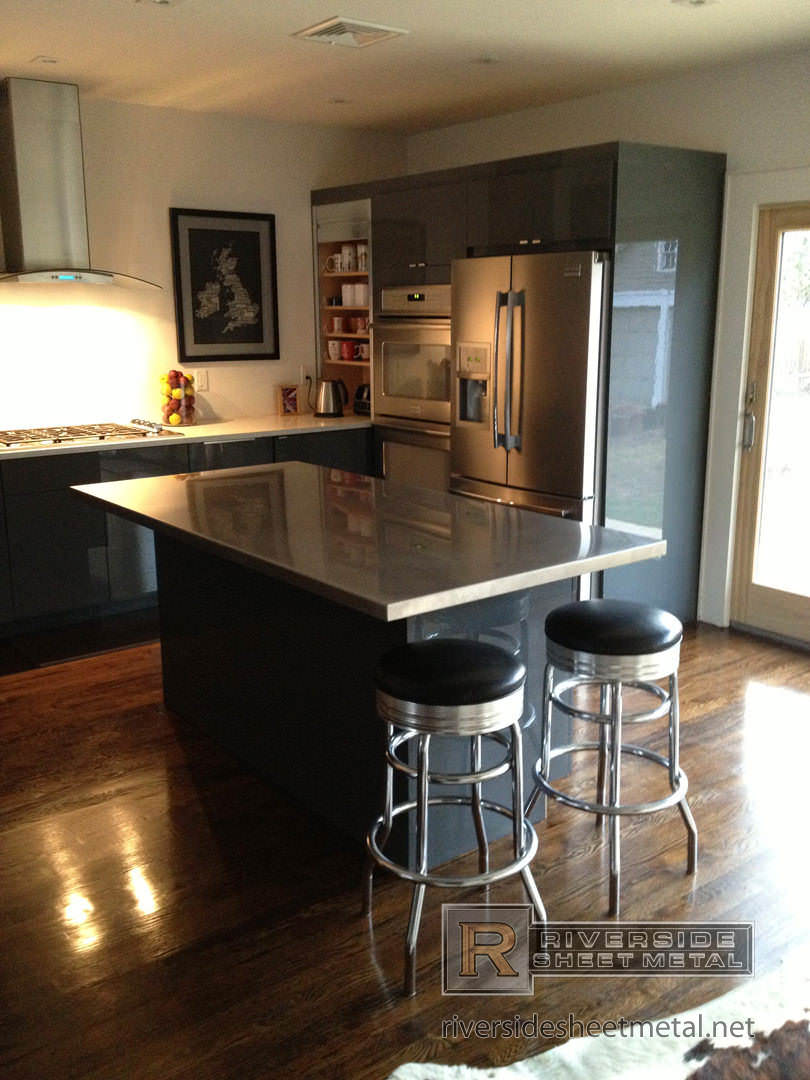
Related Posts:
- Kitchen Island Chairs Stools
- Kitchen Island Made From Old Windows
- Rustic Country Kitchen Island
- Small Farmhouse Kitchen Island
- Cottage Style Kitchen Island
- Tuscan Kitchen Island Lighting
- L Shaped Kitchen Ideas With Island
- Build Your Own Kitchen Island With Seating
- Kitchen Island Sink Size
- Ideas For Kitchen Island Decorating